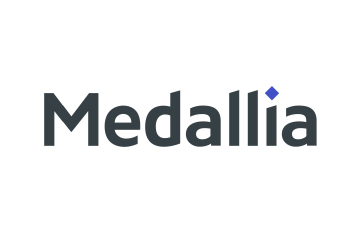By 2025, more than 25% of Americans will watch live sports digitally. While broadcast and cable networks have dominated the sports viewership market, there will soon be a new normal. In an interview with Rick Allen, CEO of ViewLift, we spoke about the industry’s areas of disruption and growth, including the broadcasting and cable influence, private-equity deals, new revenue streams for content owners, and the impact on the fan experience.
Allen has over 30 years of experience in the sports, digital and media industry, having led some of the biggest media companies, including leadership roles at Sporting News and National Geographic Ventures, with responsibility for ten business units, including TV/Film and Digital; and as an SVP at Discovery. He also served in the White House as Deputy Assistant to President Bill Clinton. In 2008, along with tech pioneer and sports team owner Ted Leonsis, Allen created ViewLift.
Excerpts from the interview;
Tell us about your journey from traditional media to the digital world
I have always been involved with digital media, even when running traditional media companies. At Discovery Communications, I was involved in restructuring their digital group and worked on new asset acquisitions. When I was CEO of National Geographic Ventures, digital was a huge part of the ten operating groups that reported to me – vital in our strategy for what later became the National Geographic Channel. All of that reported to me, and then ViewLift, which began 14 years ago as SnagFilms, started as a digital-forward company from the beginning. So, even throughout that kind of traditional media company experience, we always had a strong digital presence. With ViewLift, it’s exclusively focused on digital.
The era of broadcast and cable dominance of sports distribution is ending. What’s the new normal?
I think the new normal is all of the above. For content owners, there is a desire and necessity to distribute wherever your audience is. This means traditional linear distribution when you can get it, and in those markets where you can’t, get digital over the top distribution – and in most cases, combine both types of distribution.
Let’s say you are a sports league, and you have linear carriage for only a portion of your games. The digital OTT space might be the only way you can offer a full package of your games. In certain markets, you may not have the opportunity to get linear carriage. So, I think the best distribution mechanisms are broad, through combining linear and digital.
How has the sports fan experience changed?
There are probably six big changes.
First is the growth in new sports and new leagues. Even a traditional sport, like American football, has seen the development of new football leagues in addition to the NFL. And across sports broadly, we’ve seen a whole series of new leagues develop – and even new pro sports. From the fans’ perspective, these are more choices and more opportunities to engage.
Two, the pandemic had an enormous impact on the sports world. For nearly two years, fans couldn’t watch most of their favorite sports experiences because it was unsafe from a health perspective. So, last season was a tremendous opportunity for sports fans to be able to attend live games. The experience of watching a game played in front of a crowd is just better, even if you are viewing that game from home. Players greatly prefer that kind of experience too.
Three, tremendous growth in over-the-top (OTT) distribution has expanded where sports fans can watch their favorite sports.
Fourth, social media changed the nature of how highlights are produced and distributed. You didn’t see fan highlights at major sports leagues’ games four years ago. The technology wasn’t quite there yet. Leagues were cautious about allowing folks to use their intellectual property and putting it out without league control. I think that’s changed. Now, the expectation is that individual fans will post their own highlights from their seats in the stadium based on what they want to share socially.
The last, NFTs have had a major impact on sports fans’ experience. That is particularly true where the NFT combines digital and tangible offerings. The digital element may be a highlight which is protected by the blockchain. And you can see a virtual asset and tangible ones, from Monumental Sports and Entertainment (“MSE”). For example, here in Washington, DC, where I am — MSE combines those sorts of digital offerings into an NFT which also could include merchandise. So, there might be a special edition of a team jersey. Maybe, it’ll include tickets to actual games to add a tangible, real-life elements. Packaging and the whole notion of expanding the fan experience have seen big changes over the last couple of years.
What are the opportunities for marketers in the OTT industry?
Over-the-top describes a delivery mechanism. Cable was a delivery mechanism: you delivered content over cable, literally, or via satellite. Similarly, over-the-top means it’s transmitted via internet protocol: streamed content delivered to devices, which are set up to receive that stream. This is particularly interesting because of the direct-to-consumer version of OTT, where a content owner doesn’t go through a cable operator or another intermediary to stream its content. It goes directly to the sports fan or the consumer. I think most folks, when they think of OTT streaming services, think of Netflix. And Netflix, of course, goes directly to consumers.
It’s clearest if you focus on that. Now think about how and why marketers are essential in the direct-to-consumer piece. The business depends on the efficacy of customer acquisition: where are you getting your subscribers or viewers from. It’s the same thing with engagement, that’s a marketing question. What about monetization, what are the tools? How do you get your content in front of the biggest audience? What’s the relevant data to maximize success? You need to be able to evaluate which acquisition channels are the most productive for you. That makes the job for marketers tougher, but it’s also more rewarding, because in the OTT space, far more data is available to content owners than through any other distribution mechanism. They’re able to track everything in real-time about customer acquisition, viewing behavior and monetization. That opens up an enormous set of opportunities for marketers who engage in the OTT industry.
How do you see the role of the creator economy going ahead?
I think the premise of the web at the very beginning was in part, that it would provide a kind of democratization of content; that more people would be able to create and more people would be able to consume. Those creators can go directly to their fans. The whole process is just continuing to accelerate. I would’ve said that the creator economy was a little disconnected from the big types of OTT content (sports and entertainment) because those enterprises are huge. You can have the creator economy, but no individual creator is going to be able to create the NFL or the Premier League.
The creator economy has impacted the experience of the fan and the rights of the big leagues. We talked about fan-filmed highlights distributed on social media. Even big businesses have been spawned from the creator economy. Kylie Jenner created an enormous cosmetics and beauty business, which Coty bought for hundreds of millions of dollars. There was a story in our local paper in the Washington Post that the great director Francis Ford Coppola had something called Decentralized Pictures, which is trying to democratize the film financing process by tying it to blockchain and cryptocurrencies.
I just went to the Kennedy Center to see a one-night show. Kennedy Center is one of the greatest venues in America. It was a one-night musical theater spawned out of the very popular Bridgerton television series. It started in essence as fan fiction: two extraordinary young women started to write songs based on the inspiration of Bridgerton series. They put the songs up on TikTok and YouTube initially. Later on, it became so much of a phenomenon that they wrote a full album of songs for a musical that won a Grammy, which is just mind-blowing, and they then put the songs on as a one-night show, with their music backed by the National Symphony Orchestra. This whole concept just didn’t exist a few years ago.
There are all of these inroads where individual creators are wedging their way into the process. I think that’s tremendously exciting.
What are the industry challenges you are currently dealing with, and how?
ViewLift is on the cutting edge. By definition, technology is changing every second, all around us. I think consumer expectations are also constantly ramping up. If a consumer gets an experience that may have cost Netflix billions of dollars to develop, that in their mind becomes the example of a high-quality premium experience. And they expect it everywhere. So people will say “if Netflix can do this, why is my son’s school website so inadequate?” Comparing those two things is unfair, but that’s how consumers think about it. So, that’s an industry challenge.
I think legal frameworks are changing all the time — this is particularly true in privacy rules and regulations. The whole content industry will turn upside down if privacy laws prohibit cookies, which is the way that much of the free-to-view experiences that are ad-based can make economic sense — through the ability to track viewer behavior and sell that information to advertisers, who in turn target their ads to those viewers who have shown an interest in that topic. Eventually that’s going to disappear. Over time, because of privacy rules and regulations, advertisers will need to shift their reliance on personal data collected without a viewer’s express consent. That is already leading to huge industry change.
Then consider the growth of the types of devices where we can watch content. By definition, truly distributing “over-the-top” means you must deliver on a whole panoply of devices. You have many mobile device manufacturers, iOS and Android being the biggest. You have a series of other providers like Roku – who have grown up in the OTT age. You have game consoles. It’s a universe of different device platforms.
For a content owner and its technology partner, like a ViewLift, you must provide that content across all those major devices. Now, those devices don’t have common standards. Those devices change the rules all the time, often without much notice. And so, it is a tremendous industry challenge to track all of that and provide a great experience to consumers whenever they want to watch something on whatever device they wish to watch it, and then provide the data that comes out of that engagement back to the content owner. That’s a huge part of what we at ViewLift do. And it’s very hard.
Do you think there is a saturation point with subscription services? How do brands continue to engage with fans?
I do not think there is a fixed number of subscriptions any individual household will insist on — it’s like any other choice and expense. If it’s worthwhile to you, you will spend for it. We have seen, in terms of the number of subscriptions per household, that on average, it ticks up every single year.
We certainly haven’t reached the saturation point yet. I don’t think it is an arithmetic thing. You have to prove value. Then in a time when personal finances are stretched more than ever, and we’re facing that all over the world, you have to step up to make that value equation work. You have to show folks that it’s worth it to pay you for that subscription.
The key to all of this is engagement, making it worthwhile for the subscriber to continue to engage and gain value from their subscription. That engagement turns on personalization. When I am coming to consume your content on the device of my choice, are you giving me as close to exactly what I had in mind? You can, and that personalization comes from data from the behavior of viewers like me. So data is the key to really all of the value propositions for any streaming business, whether it’s ad-supported, subscription-based, pay-per-view, or any hybrid of business models.
One piece of advice for our readers
Our businesses are only as good as the experience we provide for our partners, for our consumers and for our colleagues. If we are kind to every part of that ecosystem, if we serve them well, then we will deserve to be successful.







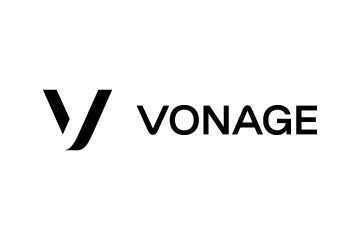
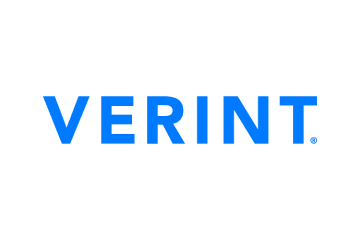
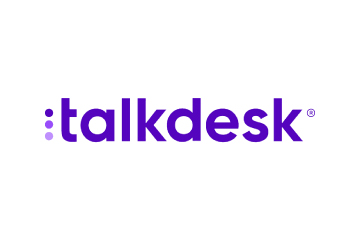

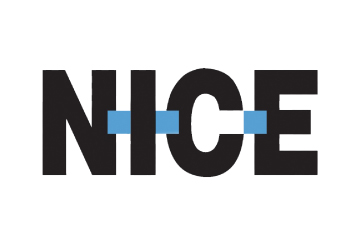


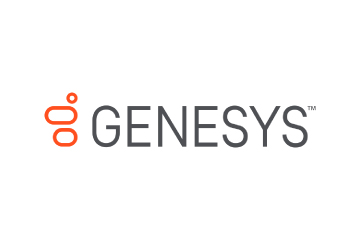
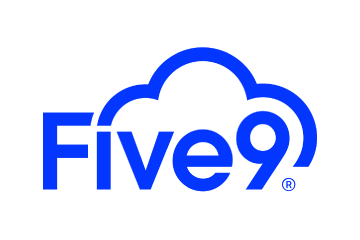


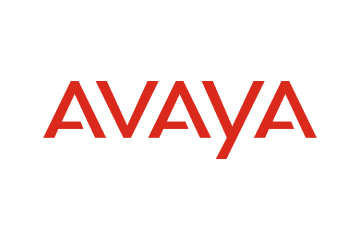
 Amplitude is a product analytics platform, enabling businesses to track visitors with the help of collaborative analytics. The platform leverages the capabilities of
Amplitude is a product analytics platform, enabling businesses to track visitors with the help of collaborative analytics. The platform leverages the capabilities of 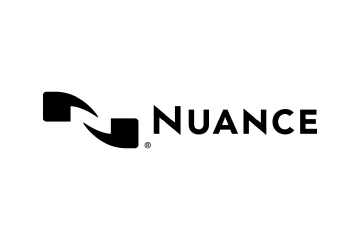

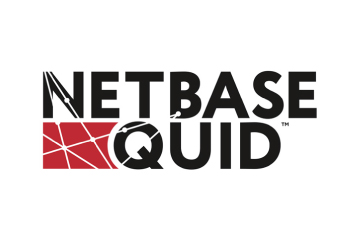
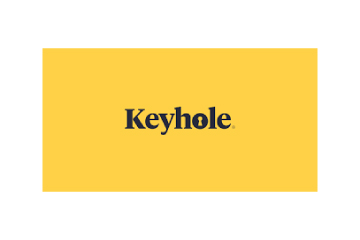
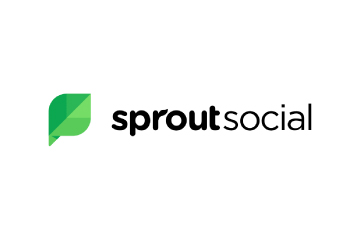
 Zoho Social, a part of Zoho’s suite of 50+ products, is a comprehensive social media management platform for businesses and agencies. The Zoho Social dashboard includes a robust set of features, such as Publishing Calendar, Bulk Scheduler, and Approval Management to offer businesses all the essential social media publishing tools. Its monitoring tools help enterprises track and respond to relevant social conversations.
Zoho Social, a part of Zoho’s suite of 50+ products, is a comprehensive social media management platform for businesses and agencies. The Zoho Social dashboard includes a robust set of features, such as Publishing Calendar, Bulk Scheduler, and Approval Management to offer businesses all the essential social media publishing tools. Its monitoring tools help enterprises track and respond to relevant social conversations.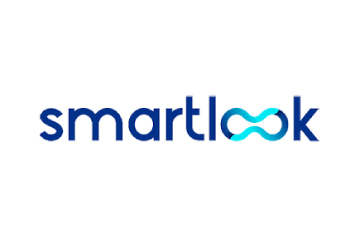

 Microsoft Dynamics 365 represents a robust cloud-based CRM solution with features such as pipeline assessment, relationship analytics, and conversational intelligence. It utilises AI-powered insights to provide actionable intelligence via predictive analytics, lead scoring, sentiment analysis, etc. Currently, Microsoft operates in 190 countries and is made up of more than 220,000 employees worldwide.
Microsoft Dynamics 365 represents a robust cloud-based CRM solution with features such as pipeline assessment, relationship analytics, and conversational intelligence. It utilises AI-powered insights to provide actionable intelligence via predictive analytics, lead scoring, sentiment analysis, etc. Currently, Microsoft operates in 190 countries and is made up of more than 220,000 employees worldwide.
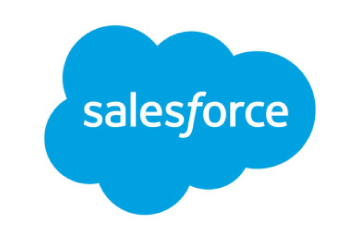
 HubSpot is an inbound marketing, sales, and customer service software provider, offering robust CRM and automation solutions. Some of its products include Marketing Hub, Sales Hub, Operations Hub, Content Hub, Commerce Hub, Marketing Analytics and Dashboard Software. Guided by its inbound methodology, HubSpot enables companies to prioritise innovation and customer success.
HubSpot is an inbound marketing, sales, and customer service software provider, offering robust CRM and automation solutions. Some of its products include Marketing Hub, Sales Hub, Operations Hub, Content Hub, Commerce Hub, Marketing Analytics and Dashboard Software. Guided by its inbound methodology, HubSpot enables companies to prioritise innovation and customer success.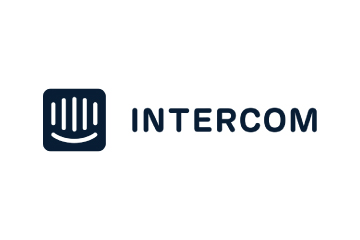
 Monday.com is a project management software company, offering a cloud-based platform that enables businesses
Monday.com is a project management software company, offering a cloud-based platform that enables businesses 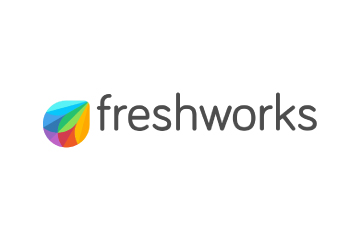 Headquartered in San Mateo, California, Freshworks is a global AI-powered business software provider. Its tech stack includes a scalable and comprehensive suite for IT, customer support, sales, and marketing teams, ensuring value for immediate business impact. Its product portfolio includes Customer Service Suite, Freshdesk, Freshchat, Freshcaller, Freshsuccess, and Freshservice. Freshservice for Business Teams has helped several global organisations to enhance their operational efficiency.
Headquartered in San Mateo, California, Freshworks is a global AI-powered business software provider. Its tech stack includes a scalable and comprehensive suite for IT, customer support, sales, and marketing teams, ensuring value for immediate business impact. Its product portfolio includes Customer Service Suite, Freshdesk, Freshchat, Freshcaller, Freshsuccess, and Freshservice. Freshservice for Business Teams has helped several global organisations to enhance their operational efficiency.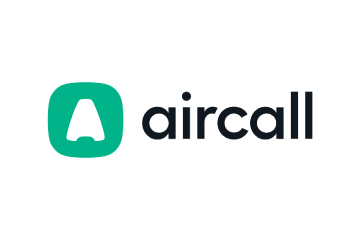
 Talkdesk offers an innovative AI-powered customer-centric tech stack to its global partners. The company provides generative AI integrations, delivering industry-specific solutions to its customers. Talkdesk CX Cloud and Industry Experience Clouds utilise modern machine learning and language models to enhance contact centre efficiency and client satisfaction.
Talkdesk offers an innovative AI-powered customer-centric tech stack to its global partners. The company provides generative AI integrations, delivering industry-specific solutions to its customers. Talkdesk CX Cloud and Industry Experience Clouds utilise modern machine learning and language models to enhance contact centre efficiency and client satisfaction.



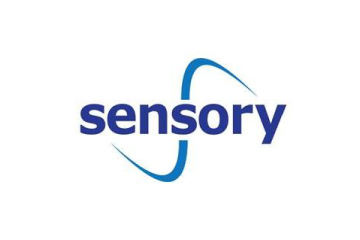
 The company offers comprehensive cloud-based solutions, such as Microsoft Dynamics 365, Gaming Consoles, Microsoft Advertising, Copilot, among other things, to help organisations offer enhanced CX and ROI. Its generative-AI-powered speech and voice recognition solutions,such as Cortana and Azure Speech Services empowers developers to build intelligent applications.
The company offers comprehensive cloud-based solutions, such as Microsoft Dynamics 365, Gaming Consoles, Microsoft Advertising, Copilot, among other things, to help organisations offer enhanced CX and ROI. Its generative-AI-powered speech and voice recognition solutions,such as Cortana and Azure Speech Services empowers developers to build intelligent applications. IBM is a global hybrid cloud and AI-powered
IBM is a global hybrid cloud and AI-powered  Uniphore is an enterprise-class, AI-native company that was incubated in 2008. Its enterprise-class multimodal AI and data platform unifies all elements of voice, video, text and data by leveraging Generative AI, Knowledge AI, Emotion AI and workflow automation. Some of its products include U-Self Serve, U-Assist, U-Capture, and U-Analyze. Its Q for Sale is a conversational intelligence software that guides revenue teams with AI-powered insights, offering clarity on how to effectively keep prospects engaged.
Uniphore is an enterprise-class, AI-native company that was incubated in 2008. Its enterprise-class multimodal AI and data platform unifies all elements of voice, video, text and data by leveraging Generative AI, Knowledge AI, Emotion AI and workflow automation. Some of its products include U-Self Serve, U-Assist, U-Capture, and U-Analyze. Its Q for Sale is a conversational intelligence software that guides revenue teams with AI-powered insights, offering clarity on how to effectively keep prospects engaged. Google Cloud accelerates every organisation’s ability to digitally transform its business. Its enterprise-grade solutions leverage modern technology to solve the most criticial business problems
Google Cloud accelerates every organisation’s ability to digitally transform its business. Its enterprise-grade solutions leverage modern technology to solve the most criticial business problems  8×8 offers out-of-the-box contact centre solutions, assisting all-size businesses to efficiently meet customer needs and preferences. It offers custom CRM integrations support and integrates effortlessly with third-party CRMs like Salesforce, Microsoft Dynamics, Zendesk, and more. Offering global support in all time zones & development teams in 5 continents, its patented geo-routing solution ensures consistent voice quality.
8×8 offers out-of-the-box contact centre solutions, assisting all-size businesses to efficiently meet customer needs and preferences. It offers custom CRM integrations support and integrates effortlessly with third-party CRMs like Salesforce, Microsoft Dynamics, Zendesk, and more. Offering global support in all time zones & development teams in 5 continents, its patented geo-routing solution ensures consistent voice quality. Sprinklr is a comprehensive enterprise software company for all customer-focused functions. With advanced AI, Sprinklr’s unified customer experience management (Unified-CXM) platform lets organisations offer human experiences to every customer, every time, across any modern channel.
Sprinklr is a comprehensive enterprise software company for all customer-focused functions. With advanced AI, Sprinklr’s unified customer experience management (Unified-CXM) platform lets organisations offer human experiences to every customer, every time, across any modern channel.


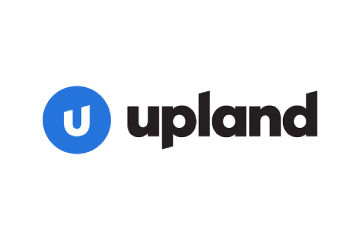 Upland offers a comprehensive suite of contact centre and customer service solutions with products including InGenius, Panviva, Rant & Rave, and RightAnswers. InGenius enables organisations to connect their existing phone system with CRM, further enhancing agent productivity. Panviva provides compliant and omnichannel capabilities for highly regulated industries. Whereas, Rant & Rave, and RightAnswers are its AI-powered solutions,
Upland offers a comprehensive suite of contact centre and customer service solutions with products including InGenius, Panviva, Rant & Rave, and RightAnswers. InGenius enables organisations to connect their existing phone system with CRM, further enhancing agent productivity. Panviva provides compliant and omnichannel capabilities for highly regulated industries. Whereas, Rant & Rave, and RightAnswers are its AI-powered solutions, 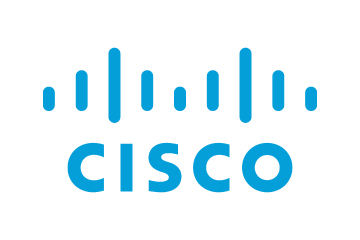

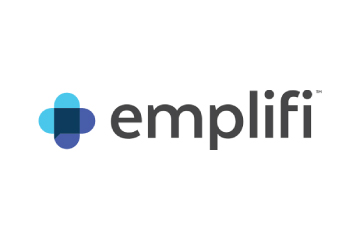
 Hootsuite, headquartered in Vancouver, is a social media management platform that streamlines the process of managing multiple social media accounts. Some of its core offerings include social media content planning and publishing, audience engagement tools, analytics and social advertising. Its easy-to-integrate capabilities help marketing teams to schedule and publish social media posts efficiently.
Hootsuite, headquartered in Vancouver, is a social media management platform that streamlines the process of managing multiple social media accounts. Some of its core offerings include social media content planning and publishing, audience engagement tools, analytics and social advertising. Its easy-to-integrate capabilities help marketing teams to schedule and publish social media posts efficiently.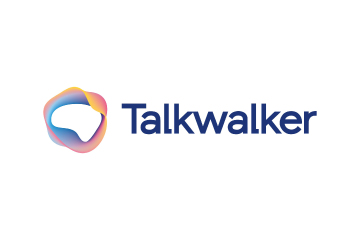
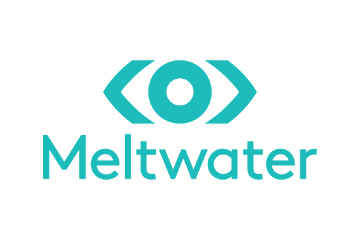
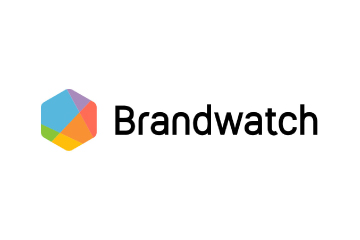 Brandwatch enables businesses to build and scale the optimal strategy for their clients with intuitive, use-case-focused tools that are easy and quick to master. Bringing together consumer intelligence and social media management, the company helps its users react to the trends that matter, collaborate on data-driven content, shield the brand from threats and manage all the social media channels at scale.
Brandwatch enables businesses to build and scale the optimal strategy for their clients with intuitive, use-case-focused tools that are easy and quick to master. Bringing together consumer intelligence and social media management, the company helps its users react to the trends that matter, collaborate on data-driven content, shield the brand from threats and manage all the social media channels at scale.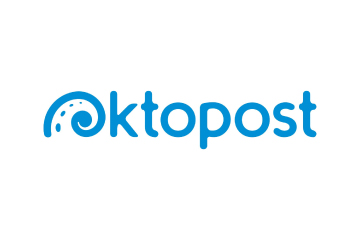
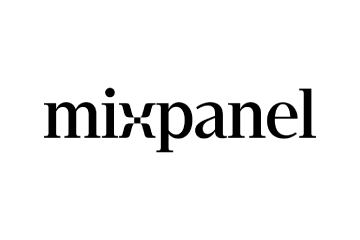
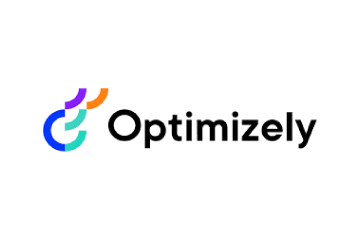
 Adobe Experience Cloud offers a comprehensive set of applications, capabilities, and services specifically designed to address day-to-day requirement for personalised customer experiences at scale. Its platform helps play an essential role in managing different digital content or assets to improve customer happiness. Its easy-to-optimise content gives users appropriate marketing streams, ensuring product awareness.
Adobe Experience Cloud offers a comprehensive set of applications, capabilities, and services specifically designed to address day-to-day requirement for personalised customer experiences at scale. Its platform helps play an essential role in managing different digital content or assets to improve customer happiness. Its easy-to-optimise content gives users appropriate marketing streams, ensuring product awareness.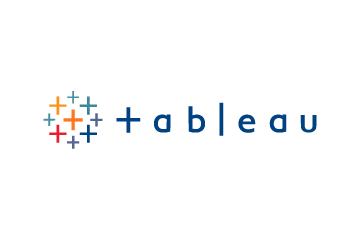 Salesforce-owned Tableau is an AI-powered analytics and business intelligence platform, offering the breadth and depth of capabilities that serve the requirements of global enterprises in a seamless, integrated experience. Marketers can utilise generative AI models, AI-powered predictions, natural language querying, and recommendationsons.
Salesforce-owned Tableau is an AI-powered analytics and business intelligence platform, offering the breadth and depth of capabilities that serve the requirements of global enterprises in a seamless, integrated experience. Marketers can utilise generative AI models, AI-powered predictions, natural language querying, and recommendationsons.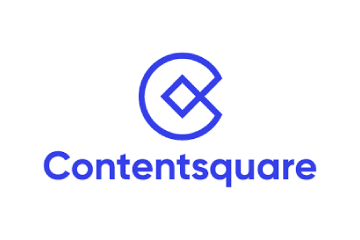 Contentsquare is a cloud-based digital experience analytics platform, helping brands track billions of digital interactions, and turn those digital
Contentsquare is a cloud-based digital experience analytics platform, helping brands track billions of digital interactions, and turn those digital 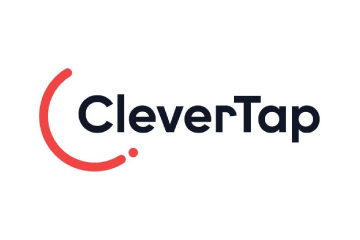
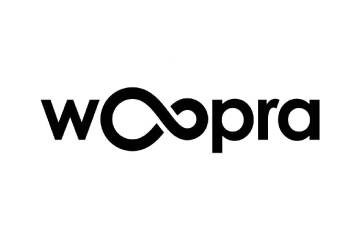
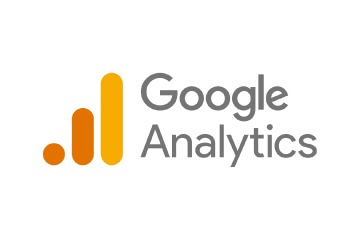
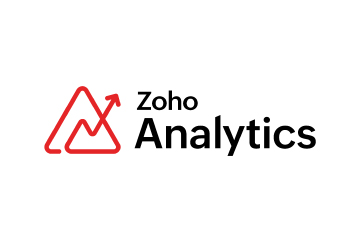 Zoho Corporation offers innovative and tailored software to help leaders grow their business. Zoho’s 55+ products aid sales and marketing, support and collaboration, finance, and recruitment requirements. Its customer analytics capabilities come with a conversational feature, Ask Zia. It enables users to ask questions and get insights in the form of reports and widgets in real-time.
Zoho Corporation offers innovative and tailored software to help leaders grow their business. Zoho’s 55+ products aid sales and marketing, support and collaboration, finance, and recruitment requirements. Its customer analytics capabilities come with a conversational feature, Ask Zia. It enables users to ask questions and get insights in the form of reports and widgets in real-time. Fullstory is a behavioural data platform, helping C-suite leaders make informed decisions by injecting digital behavioural data into its analytics stack. Its patented technology uncovers the power of quality behavioural data at scale, transforming every digital visit into actionable insights. Enterprises can increase funnel conversion and identify their highest-value customers effortlessly.
Fullstory is a behavioural data platform, helping C-suite leaders make informed decisions by injecting digital behavioural data into its analytics stack. Its patented technology uncovers the power of quality behavioural data at scale, transforming every digital visit into actionable insights. Enterprises can increase funnel conversion and identify their highest-value customers effortlessly.
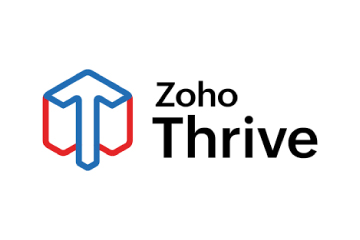
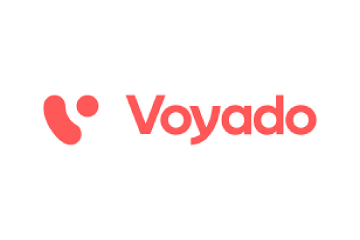 Started in 2005 in a Sweden-based small town, Norrköping, Voyado offers a customer experience cloud platform that includes a customer loyalty management system. This platform helps businesses design and implement customer loyalty programs, track customer
Started in 2005 in a Sweden-based small town, Norrköping, Voyado offers a customer experience cloud platform that includes a customer loyalty management system. This platform helps businesses design and implement customer loyalty programs, track customer 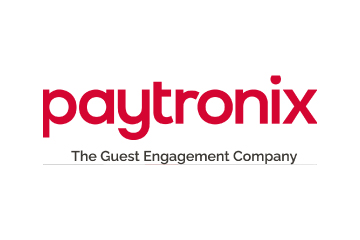
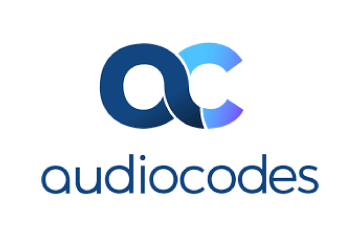


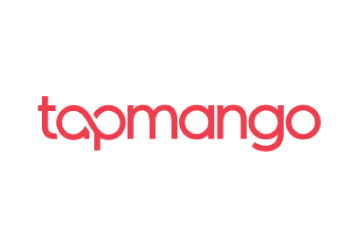 TapMango provides a comprehensive, customisable, flexible and feature-rich customer loyalty program. The loyalty tools include an integrated suite of customised consumer-facing technology, easy-to-use merchant tools, and automation algorithms, all aimed at enhancing customer experience. Adaptable to any industry, TapMango’s platform helps merchants compete with larger chains, converting customer one-time purchases into profitable spending habits.
TapMango provides a comprehensive, customisable, flexible and feature-rich customer loyalty program. The loyalty tools include an integrated suite of customised consumer-facing technology, easy-to-use merchant tools, and automation algorithms, all aimed at enhancing customer experience. Adaptable to any industry, TapMango’s platform helps merchants compete with larger chains, converting customer one-time purchases into profitable spending habits.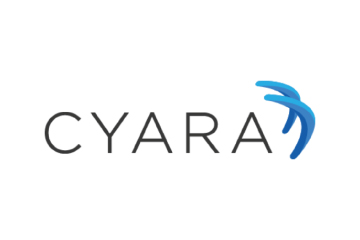
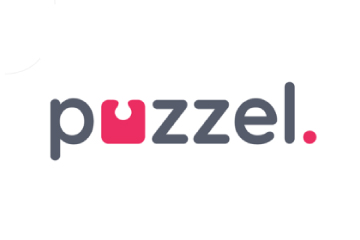
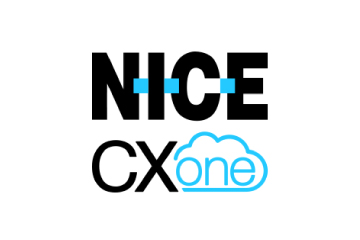
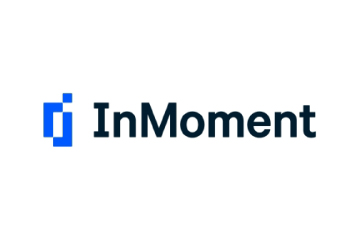

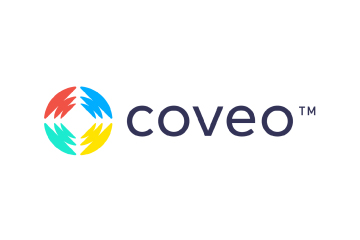
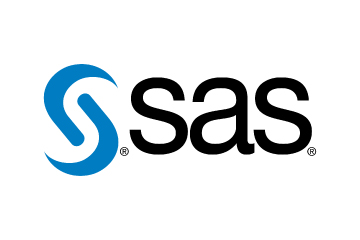
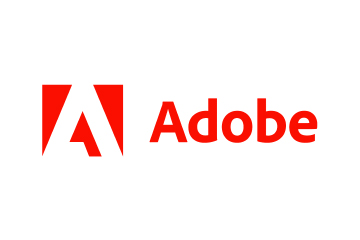 Adobe Experience Cloud offers a comprehensive set of applications, capabilities, and services specifically designed to address day-to-day requirements for personalised customer experiences at scale. Its innovative platform has played an essential role in managing different digital content or assets, to improve customer happiness or satisfaction. Some of its products include Adobe Gen Studio, Experience Manager Sites, Real-time CDP, and Marketo Engage.
Adobe Experience Cloud offers a comprehensive set of applications, capabilities, and services specifically designed to address day-to-day requirements for personalised customer experiences at scale. Its innovative platform has played an essential role in managing different digital content or assets, to improve customer happiness or satisfaction. Some of its products include Adobe Gen Studio, Experience Manager Sites, Real-time CDP, and Marketo Engage.